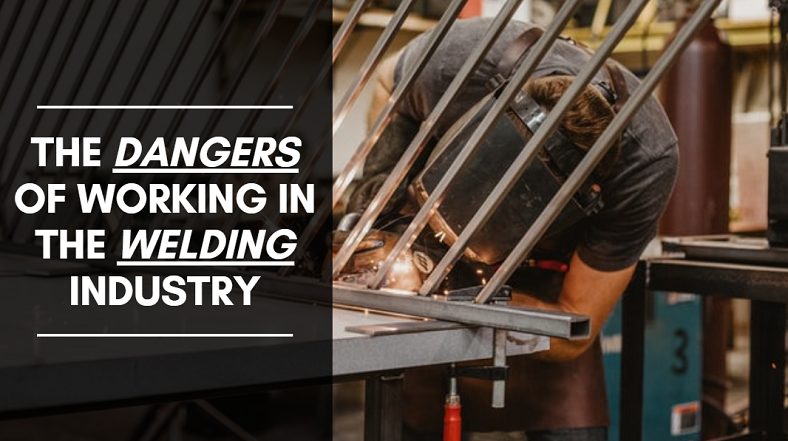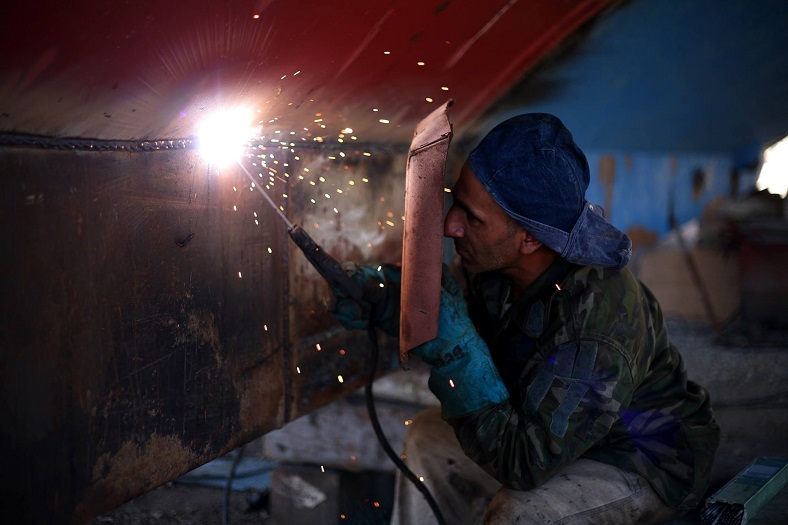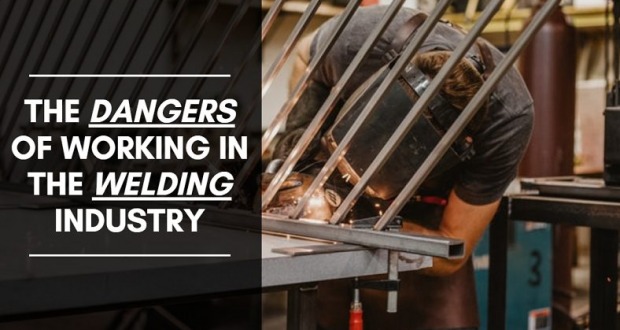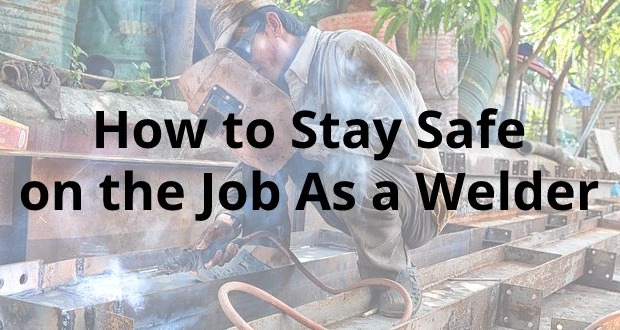About 2.3 million people worldwide have work-related accidents every year. And, while slips, trips, and falls are primary causes of injury in many occupations, those who work in welding face a separate set of dangers while on the job.
If you’re considering working in the welding field, knowing the dangers and consequences of welding accidents is essential.
From the physical dangers to how good mental health is a necessity, here’s what you should know.
The Physical Dangers Involved
Unsurprisingly, there are a number of physical dangers involved for those who work in the welding industry.
Inhaling toxic fumes, for instance, is just one primary concern — especially if a welder is working in a poorly ventilated or confined space.
Because welding can involve the emission of hazardous fumes, it’s important to realize that the most dangerous fumes come from hexavalent chromium and manganese, each of which come with their own consequences when inhaled, according to Safety and Health Magazine.
Exposure to hexavalent chromium, for example, can result in lung cancer or respiratory issues, as well as irritation to the eyes and skin.
On the other hand, prolonged exposure to manganese fumes has actually been linked to Parksinsons-like symptoms, and may lead to pneumonia in some cases.
Because welding exposes workers to intense levels of heat, burns are another common physical danger to welders as well, in addition to fire and explosions.
Electrocution is yet another major cause of physical injury to those who work in the welding industry, and can very well result in death depending on the situation.
That said, incidents are generally classified into two categories known as primary and secondary voltage shock.
The most common type of electric shock incident happens to be secondary voltage shock, which happens when touching part of the electrode circuit ranging from 20 to 100 volts.
Primary voltage shock, however, occurs in ranges from 230 to 260 volts of electricity and occurs by having direct contact with the inside of welding equipment and other grounded metals.
How Mental Health Plays a Role
While the physical dangers of a career in the welding industry can seem quite obvious, it’s important to realize that having good mental health is also key to preventing many accidents while on the job.
That said, it isn’t uncommon for welders to experience anxiety and depression, with theories regarding the susceptibility of welders and poor mental health including how it can be a stressful, pressure-filled, and high risk environment.
Additionally, because welding is often a physically demanding job that often puts pressure on workers to perform to a high standard, along with the potential for injury, there’s no question that maintaining good mental health should be a priority for every welder out there.
The Consequences of Welding Accidents
When it comes to the consequences of a welding accident, injury is an obvious one of which can have additional consequences that the welder may deal with for years to come.
Depending on the situation (i.e. severity of injury), a welder may find themselves unable to continue working, which can result in lost wages in addition to extensive medical costs.
Additionally, welders in accidents who sustain severe injuries may also face mental health issues as a result, not to mention a long legal process should the accident be a result of another person or the company’s actions.
Personal injury attorneys at Johnson Garcia Law note that a lawsuit is one of the most difficult events a person may face in life, especially as it’s often one of the only paths that one can take when recovering damages.
With a free consultation, injured welders can explore their options for pursuing legal action.
Preventing Accidents on the Job
When it comes to preventing welding accidents, there are several things that can be done.
For example, having good mental health — which involves a mentally sharp, engaged, and positive headspace — can work greatly in staying focused and preventing accidents on the job.
Wearing the right equipment (such as protective, flame-resistant gloves, gauntlet cuffs for arm protection, the right shoes, and fire-retardant overalls/aprons) and using the proper safety protocols when welding is another prime way to prevent any accidents.
Having a clean and well-ventilated workspace is another key element to preventing accidents, and can be especially important in preventing toxic fume inhalation.
Above all, ensuring that you are well prepared before welding by receiving a quality education is essential, and is the foundation for safety and success when followed with proper training.
Whether you’ve just signed up for a welding course or you’re considering becoming a welder, knowing the dangers and risks of the job is essential before jumping in.
From the physical dangers that involve electrocution and toxic fumes, to name just a few, and how having good mental health is essential.






















